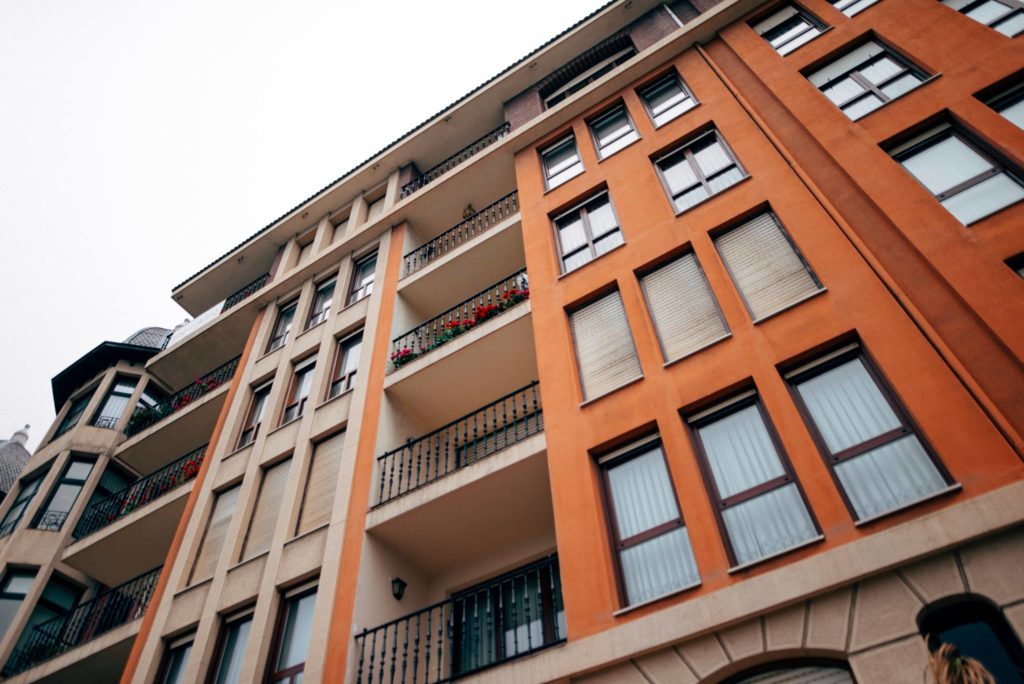Condo Maintenance: Who is Responsible for Upkeep and Repairs?


Condominium associations typically are obligated to maintain and repair common areas, but the burden may be shifted to owners when forced by overwhelming conditions. For example, consider the situation faced by this 18-unit, four building condominium complex in Los Angeles.
Shortly after construction of the complex in 1982, occupants began to observe water intrusion through the foundation walls. Under the terms of the covenants, the association was burdened with the duty to “maintain the portion of the project not occupied by the units in good, clean, attractive and sanitary order and repair.” One side of the foundation was essentially the barrier against surface water draining from an adjoining upward slope.
After funds from the lawsuits were applied to interior foundation waterproofing and later to extensive exterior repairs, within six or seven years, water again found its way into the lower levels of one of the buildings. The board sent a memo to all owners stating that it “cannot prevent all leaks” but that it would investigate and make some repairs. In a subsequent letter, the board outlined the water intrusion history in detail, the cost and disruption that would be incurred to undertake the recommended additional work, that such work wouldn’t guarantee against further water intrusion and that it needed to issue a substantial special assessment.
The board advised all owners that the association wouldn’t be liable for future foundation water intrusion, that it wouldn’t pay to repair or abate damage to construction materials unless there was evidence that water intrusion would threaten the structural integrity of the building and that owners would be responsible for mitigating further water damage. The association president noted that the special assessment would be a hardship for many owners on fixed incomes and that the water intrusion occurred in a non-habitable area of the affected units. The president also explained that the board had consulted with legal counsel and that contractors wouldn’t offer a guarantee of success.
Balancing decisions
When a disgruntled owner sued the association for its stance, the court considered that the board had balanced the discomfort, health concerns and financial consequences to the owners against the high cost, inconvenience to all homeowners facing six months of torn up common areas, the absence of known structural damage, the lack of documentation of hazardous mold and reliance on legal counsel advice. The court found that the board had acted in good faith, reasonably and had rational bases for its decisions.
When boards make decisions grounded in good faith, honesty, reasonableness and rationality, they’re usually protected. Colorado, Delaware, Kansas, Nebraska, New Jersey and others adhere to the business judgment rule under which good faith decisions in the exercise of honest business judgment are deemed valid.
The actions taken by the Los Angeles condominium board offer excellent guidance to others facing seemingly irreparable conditions in their communities and potential legal challenges to decisions.

Follow these tips:
Shifting responsibility
Older communities with growing maintenance burdens, heavily tapped reserves, possibly a history of special assessments that reflects poorly on the financial condition of the association and an aging population of owners on fixed incomes may have to shift some maintenance burdens to individual owners.
Associations that neglect certain common elements and don’t follow a prescribed maintenance plan can exacerbate their problems. Raising assessments is usually the appropriate board response in these circumstances but may not be enough to fund needed maintenance and repairs. Borrowing funds can work too, but that generally requires a supermajority of owners, which is difficult to obtain, and a lender willing to take on the risk.
Shifting the burden of maintenance and repairs from the association to owners is tempting—and can be supported in limited circumstances—but should only be considered as a last resort.
HOAresources.com explores questions and comments from community association members living in condominiums, homeowners associations, and housing cooperatives. We then assemble trusted experts to provide practical solutions to your most commonly asked, timely questions. We never use real names, but we always tackle real issues. Have a question or comment about your community association? Submit here for consideration:
Join CAI’s online community for access to the industry’s most in-demand community association resources.
Thousands of your peers are sharing advice.
Amy Repke, Vice President, Communications & Marketing. Amy brings more than 20 years of experience to CAI. Her communications career began in television news where she worked as a producer, writer, and assignment manager for local and network news channels. Amy has been nominated for four Washington Regional Emmy awards for writing and producing. Amy is a graduate of Old Dominion University and received a master's degree in Strategic Public Communications from American University.